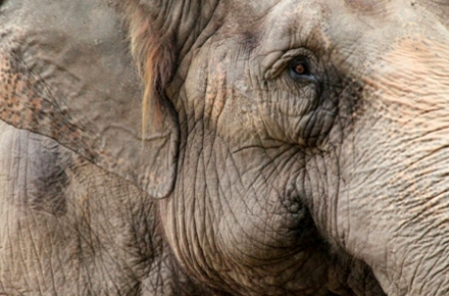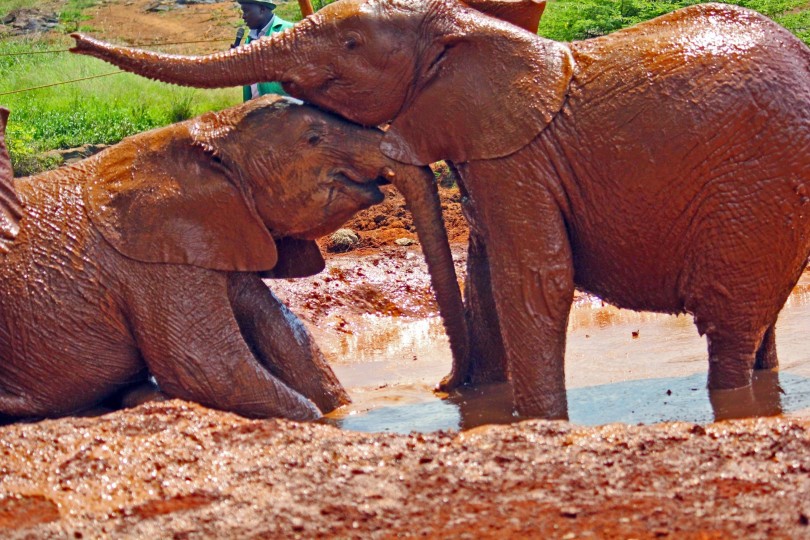 aNewDomain — Hurray, Dumbo is finally free, along with all his cousins, aunts and uncles. The people who run Ringling Bros. and Barnum & Bailey Circus are retiring their elephants in May from circus work.
aNewDomain — Hurray, Dumbo is finally free, along with all his cousins, aunts and uncles. The people who run Ringling Bros. and Barnum & Bailey Circus are retiring their elephants in May from circus work.
All 11 of its touring circus elephants will be freed from Big Top duty.
“They’ll be joining the rest of the herd,” Ringling senior VP Alana Feld told the Associated Press in an exclusive interview today. Feld Entertainment, which owns the circus company, also owns the 200 acre Center for Elephant Conservation in Southwest Florida, she said. That’s where 27 elephant veterans of Ringling already roam — happily ringless.
“Like the elephants themselves, (the issue of cruelty to elephants) had outsized importance because of the symbolic value of the enterprise, said Humane Society of the United States CEO Wayne Pacelle in a statement applauding the decision. “Ringling had been one of the biggest defenders of this kind of archaic animal exploitation,” he added.
“We’re confident that the day will come when images of elephants in chains are looked upon as a shameful relic of history,” added representatives from animal rights group People for the Ethical Treatment for Animals (PETA).
Circuses never turned me on.
 I stopped going to the circus years ago. I was entertained, but it never turned me on the way seeing Cirque du Soleil shows did — and still does.
I stopped going to the circus years ago. I was entertained, but it never turned me on the way seeing Cirque du Soleil shows did — and still does. But there are other places to see elephants …
But there are other places to see elephants …
You can’t beat seeing elephants in the wild, and these days they are under pressure due to climate change, poachers and, of course, humans encroaching on their territory.
So it is important to help elephants either through donations to great organizations like the Sheldrick Wildlife Trust that helps orphaned African elephants and rhinos in Kenya.
I was lucky enough to visit their elephant sanctuary in Nairobi in 2013.
Once you have had the good fortune to see elephants in the wild, you will have less interest in seeing them in captive situations. I still need to visit places like India, Nepal, Cambodia and Thailand to see Asian elephants in their natural habitats.
 If you can’t make it to Asia or Africa to see elephants in their natural habitats, the San Diego Zoo, which has both Asian and African elephants, is a good stop. I support and visit zoos that have strong conservation programs to help endangered animals, such as San Diego Zoo Global, which really is helping critters around the globe.
If you can’t make it to Asia or Africa to see elephants in their natural habitats, the San Diego Zoo, which has both Asian and African elephants, is a good stop. I support and visit zoos that have strong conservation programs to help endangered animals, such as San Diego Zoo Global, which really is helping critters around the globe.












